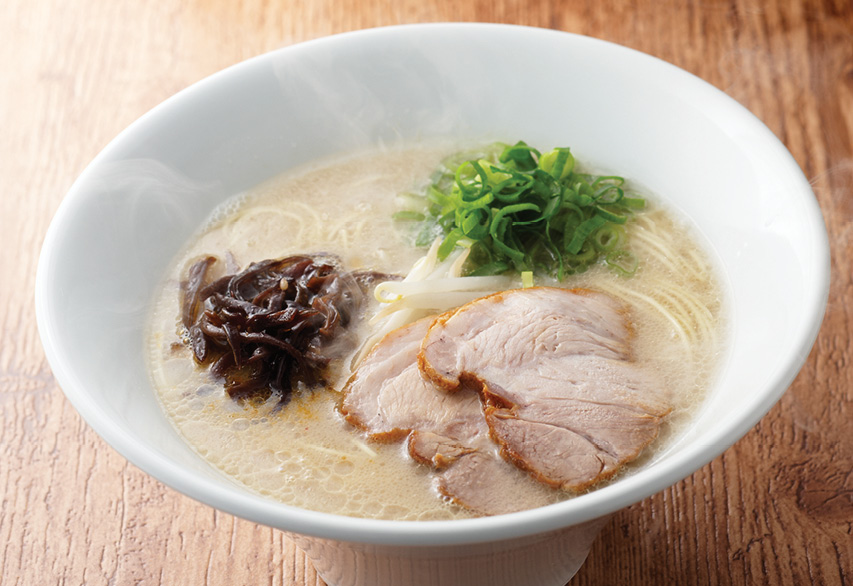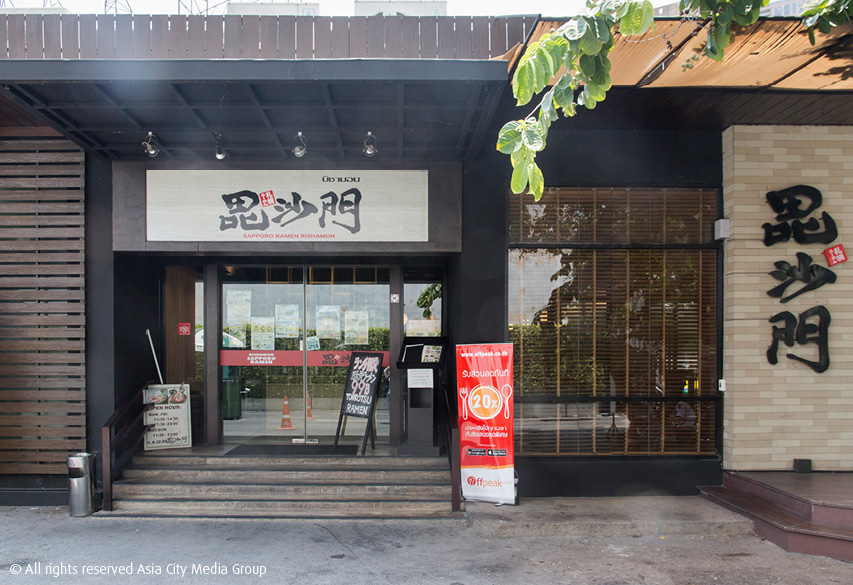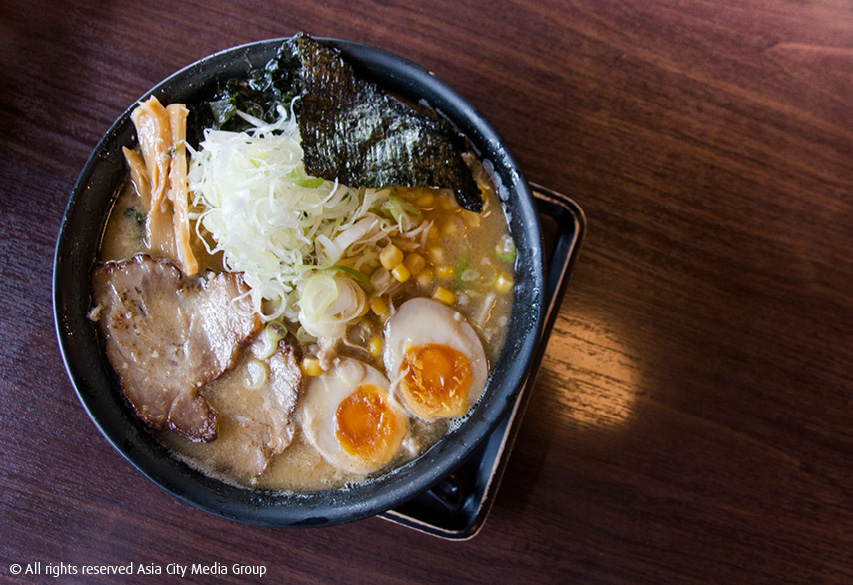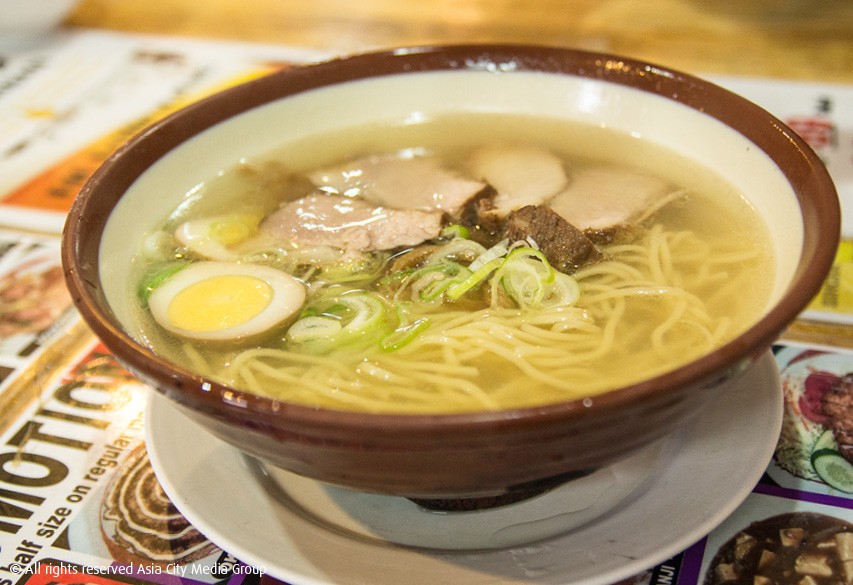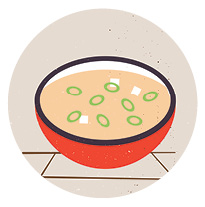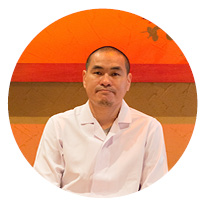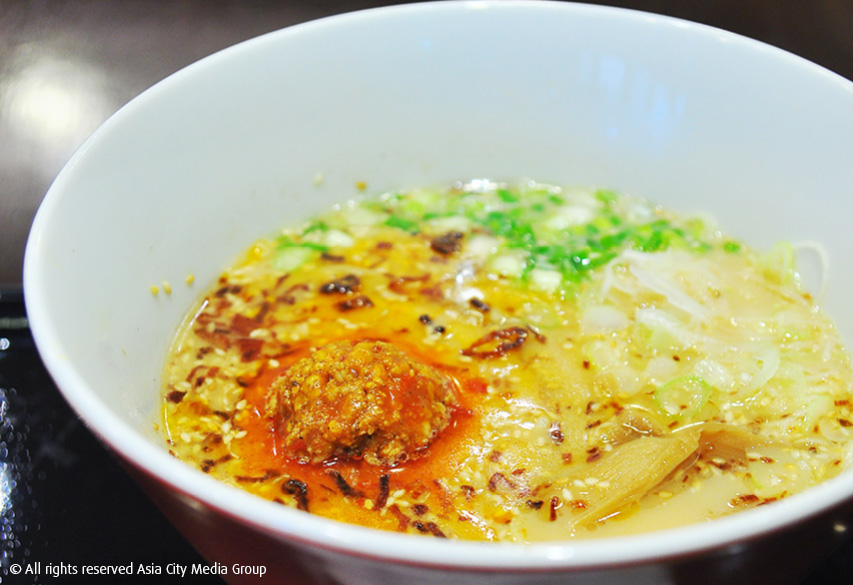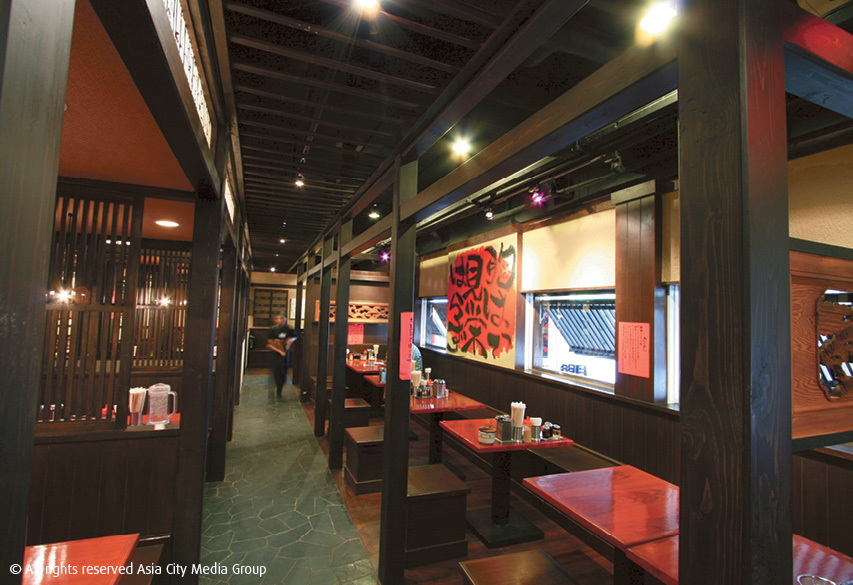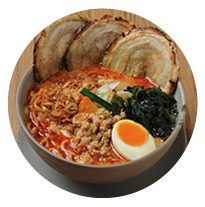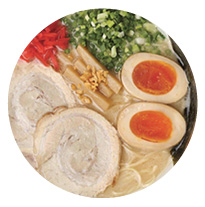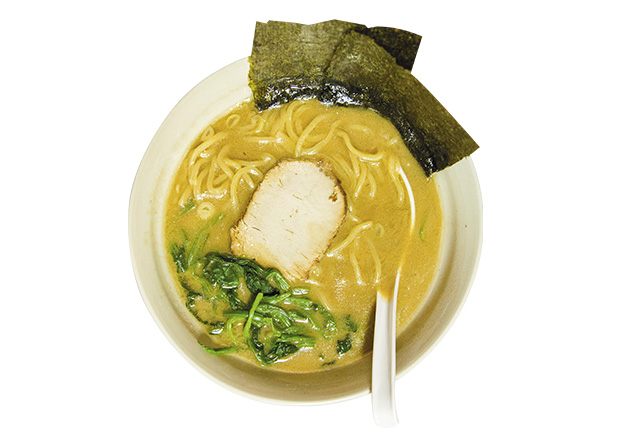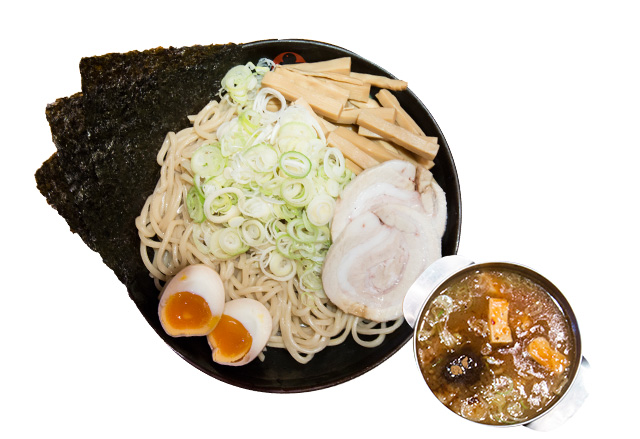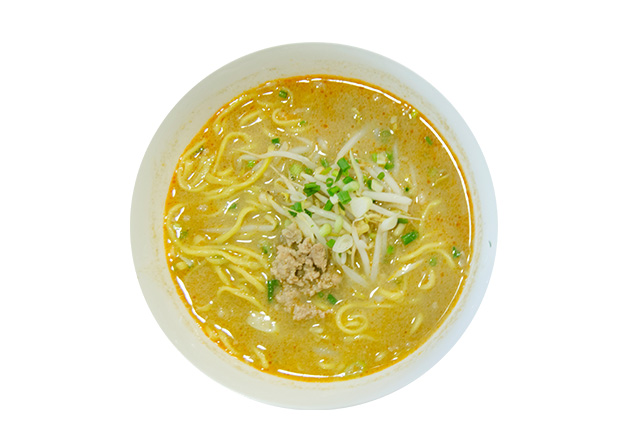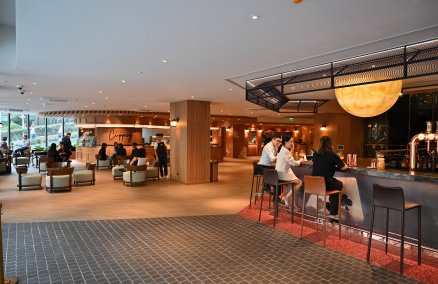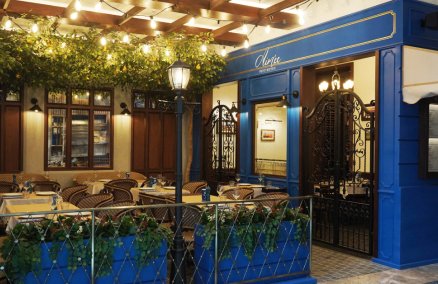Bichamon (Tee Off Driving Range, Sukhumvit Rd., 02-713-6060. BTS Ekkamai)
It’s believed that Hakodate’s shio ramen is the oldest type of ramen there is, arriving in the northern port town by boat from China in the 1950s. Slowly boiled over a low flame, the mild yellow chicken and pork (or sometimes seafood) broth is the lightest of all thanks to the clear seasoning. The bowl features medium-sized noodles and comes with standard toppings like roast pork, scallions, bamboo shoot and seaweed.
Get it at: Sendai Ramen Mokkori (Sukhumvit Soi 55 [Thonglor], 02-392-0811. Another branch in Silom.)
RAMEN INGREDIENTS
Broth
Broth is the core of ramen. The base defines a ramen’s flavors well before seasoning. Typical broth bases range from animal bones like tonkotsu (pork bones), tori (chicken bones) and gyokotsu (beef bones) to gyokai (seafood) and lighter variations made from sea kelp and dried seafood. Ramen is also defined by its heaviness: either kotteri (rich) or assari (light). The heavy, opaque kotteri broth, also known as paitan, results from long-boiled bones while the clear, thin assari broth is made of vegetables, seafood or briefly-cooked bones.
Tare
Tare (seasoning essence) adds flavors and character to the bowl, and can be mixed into the base or added later. Though all three of the main essences sound like they only account for saltiness, there are subtle differences.
Shoyu (soy sauce) is the most common type and it benefits from round flavors and umami. Shio (salt) makes for a clearer and lighter soup both in terms of taste and color. Miso (soybean paste) adds body and pungency to the soup, resulting in bolder texture and flavors.
Noodles
Noodles are made from wheat flour, water, salt and alkaline water, and vary in details—from thin to thick, straight or curly, texture and chewiness—to go perfectly with different soups. Some shops also let you pick the firmness of your noodles.
Toppings
Chashu (roast pork) is one topping you can find on almost every bowl of ramen, usually prepared by simmering pork in sweet soy and mirin (sweet rice wine) until tender. Ajitama (short for ajitsuke tamago, [seasoned egg]) sees a golden half-boiled egg marinated in soy sauce and mirin, which comes out slightly salty and sweet. Nori (dried seaweed sheet) is there to add a subtle seaside aroma and a little crunch between bites. Scallions are chopped and sprinkled over a bowl of ramen to power it with pungency. They're also the most typical topping in every bowl of ramen.Menma (pickled bamboo shoot) combines a crunchy texture with a slightly sweet flavor.
EXPERT PICKS
BANGKOK CHEFS’ FAVORITE BOWLS
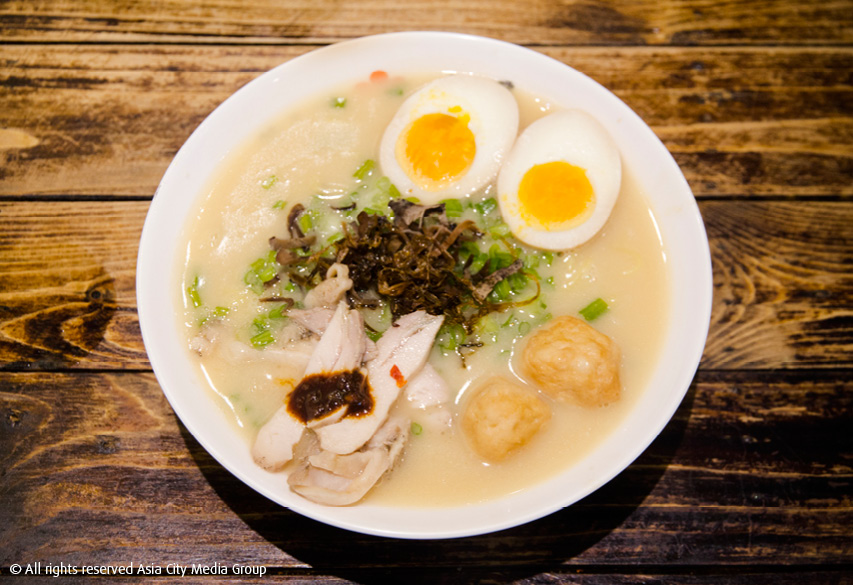
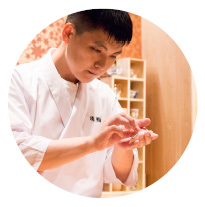
Seiji Sudo
“I like the special soba at Nanase. The dish has a satisfying chicken broth with lavish toppings. Though it’s not a chain, clearly the Japanese owner of this compact place knows his stuff.”
Sukhumvit Rd., between soi 55 and 57, 02-013-4159. BTS Thonglor
Wacharun Iamarramsak
Chef-Owner of In The Mood for Love
“I often go to Korakuen for the gomoku yasai ramen, a shoyu-based ramen with thick, intense broth. It’s just so simple and comforting.”
M/F, Gateway Ekamai, 982/22 Sukhumvit Rd., 02-108-2803. BTS Ekkamai












